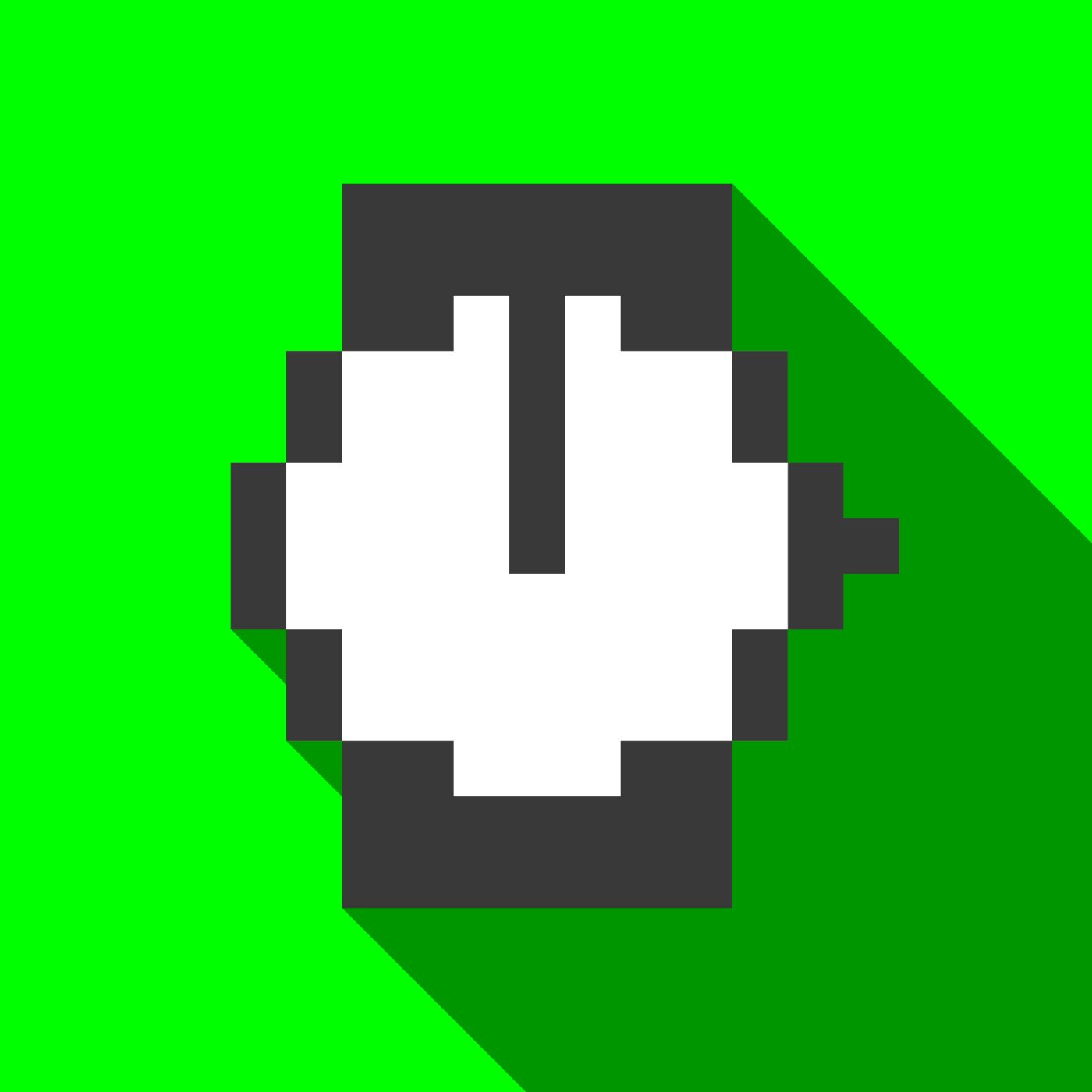Audio Presented by

A library of open datasets for data analytics/machine learning compiled by HackerNoon.
About Author
A library of open datasets for data analytics/machine learning compiled by HackerNoon.

A library of open datasets for data analytics/machine learning compiled by HackerNoon.
A library of open datasets for data analytics/machine learning compiled by HackerNoon.